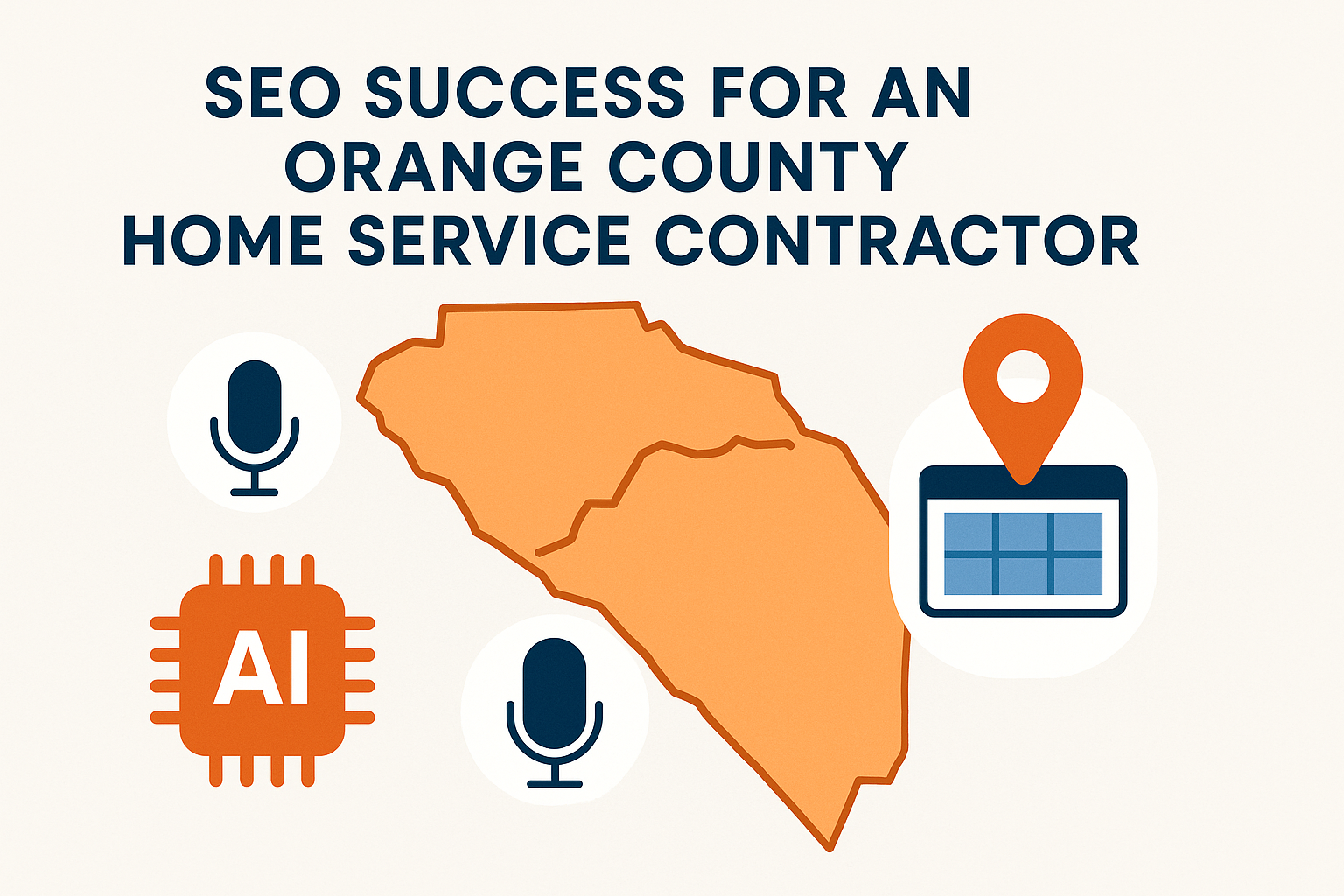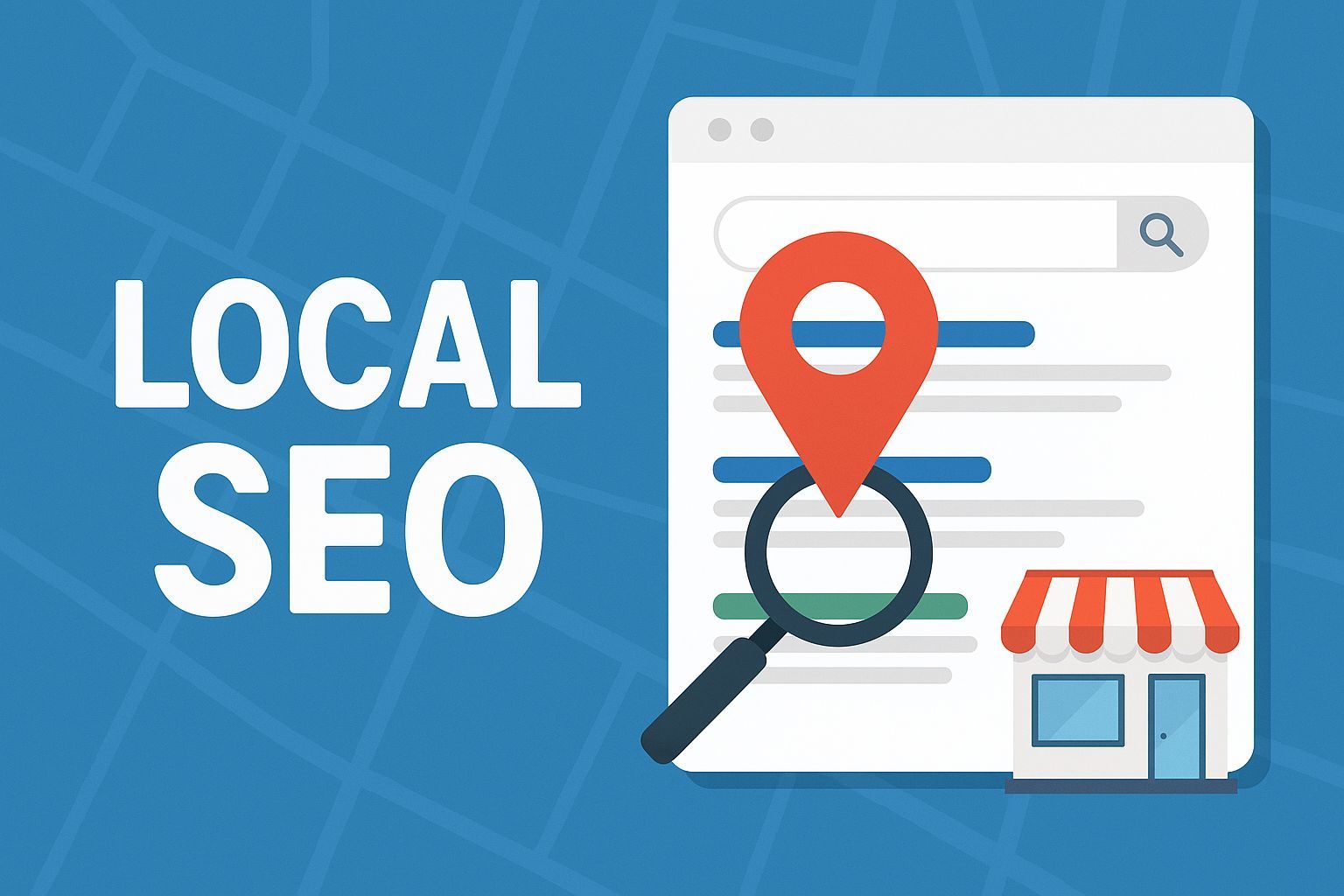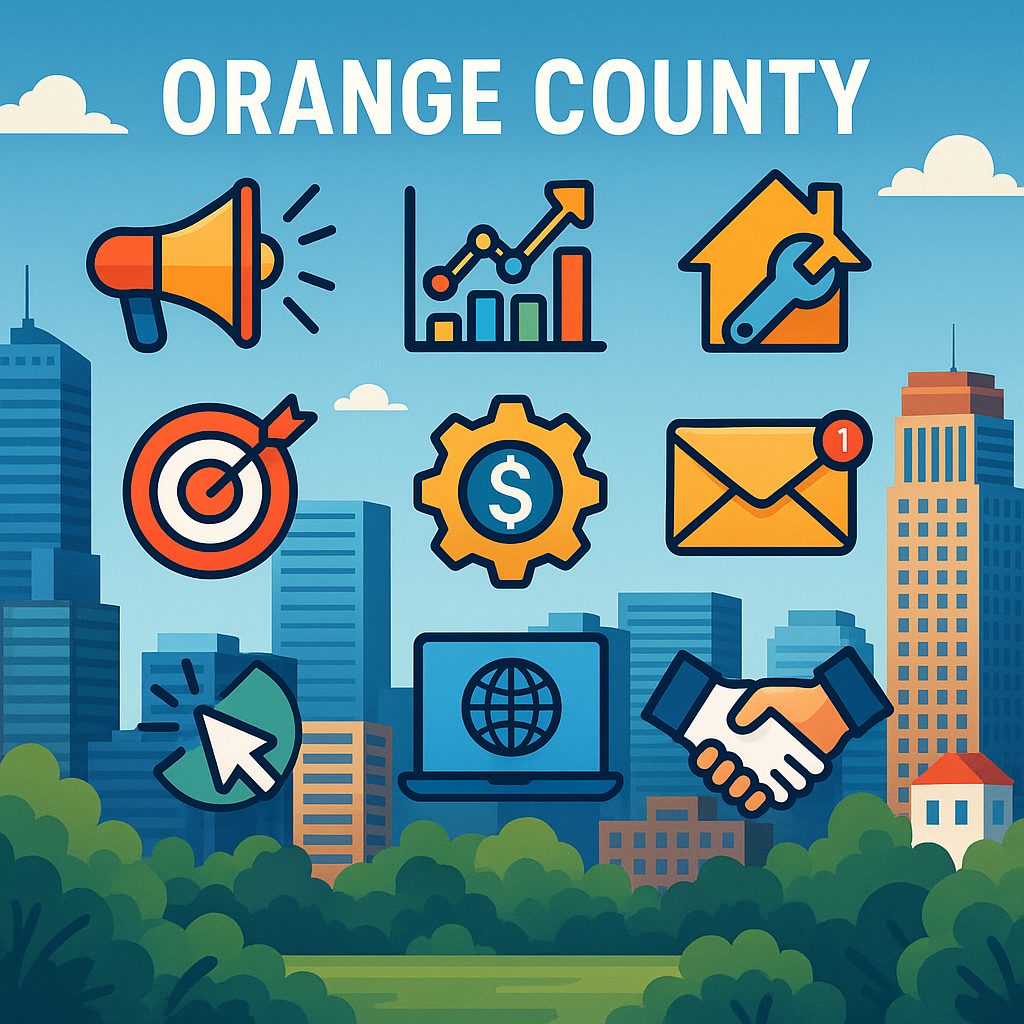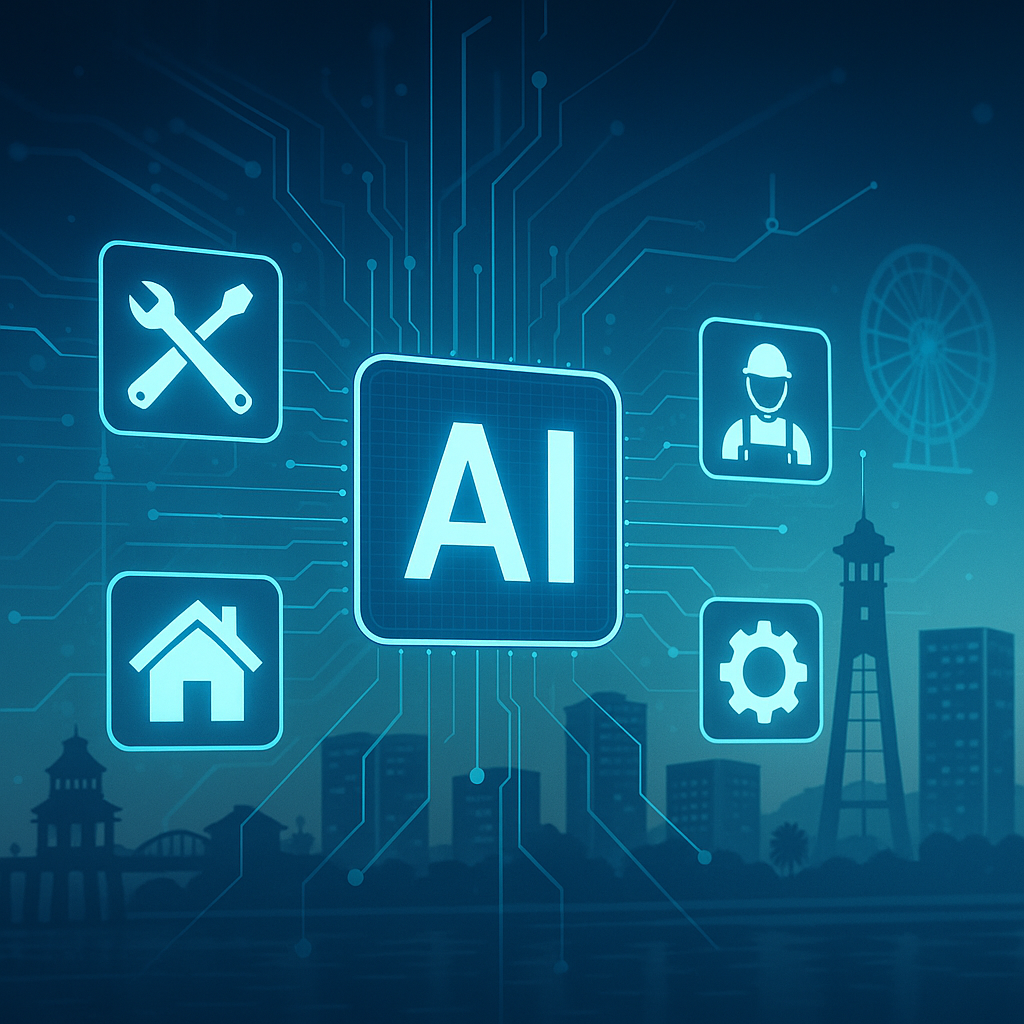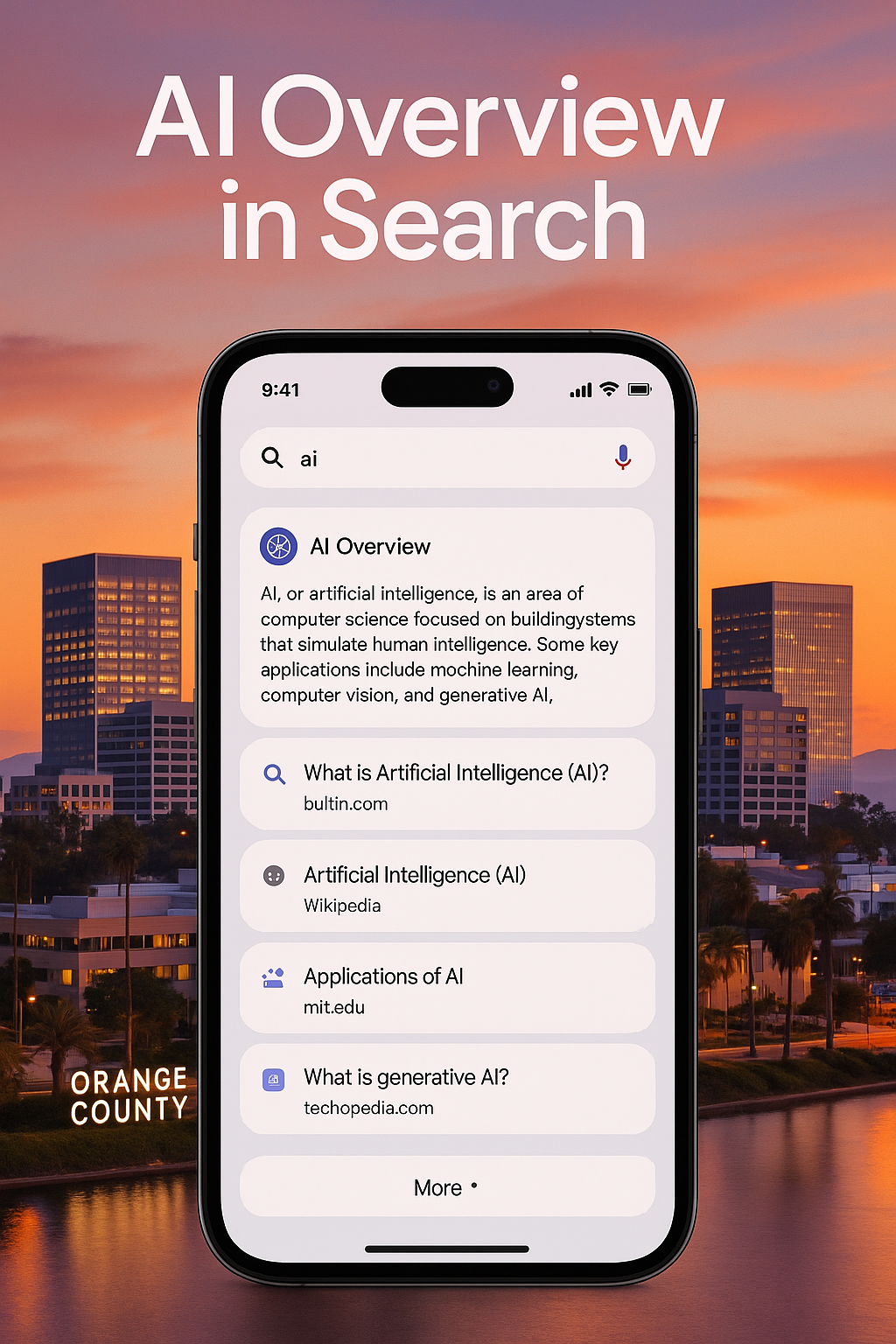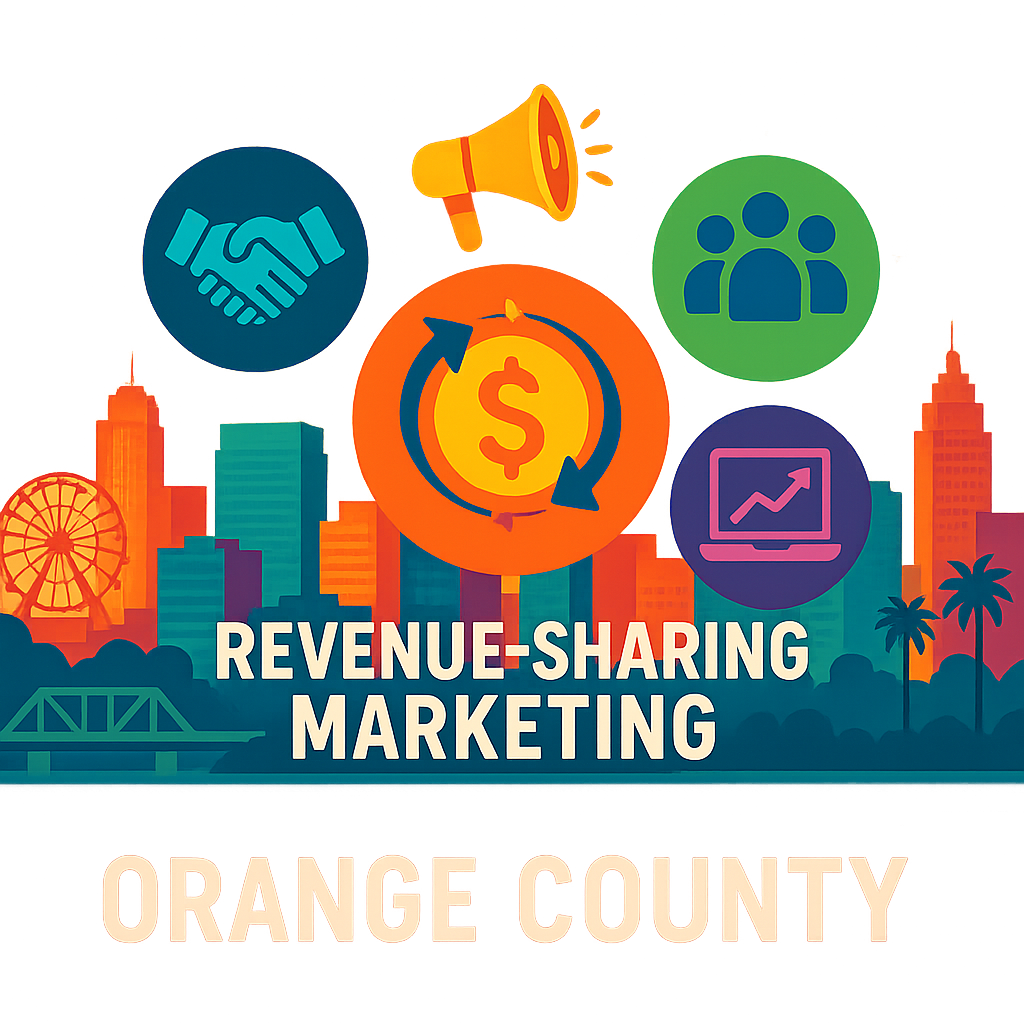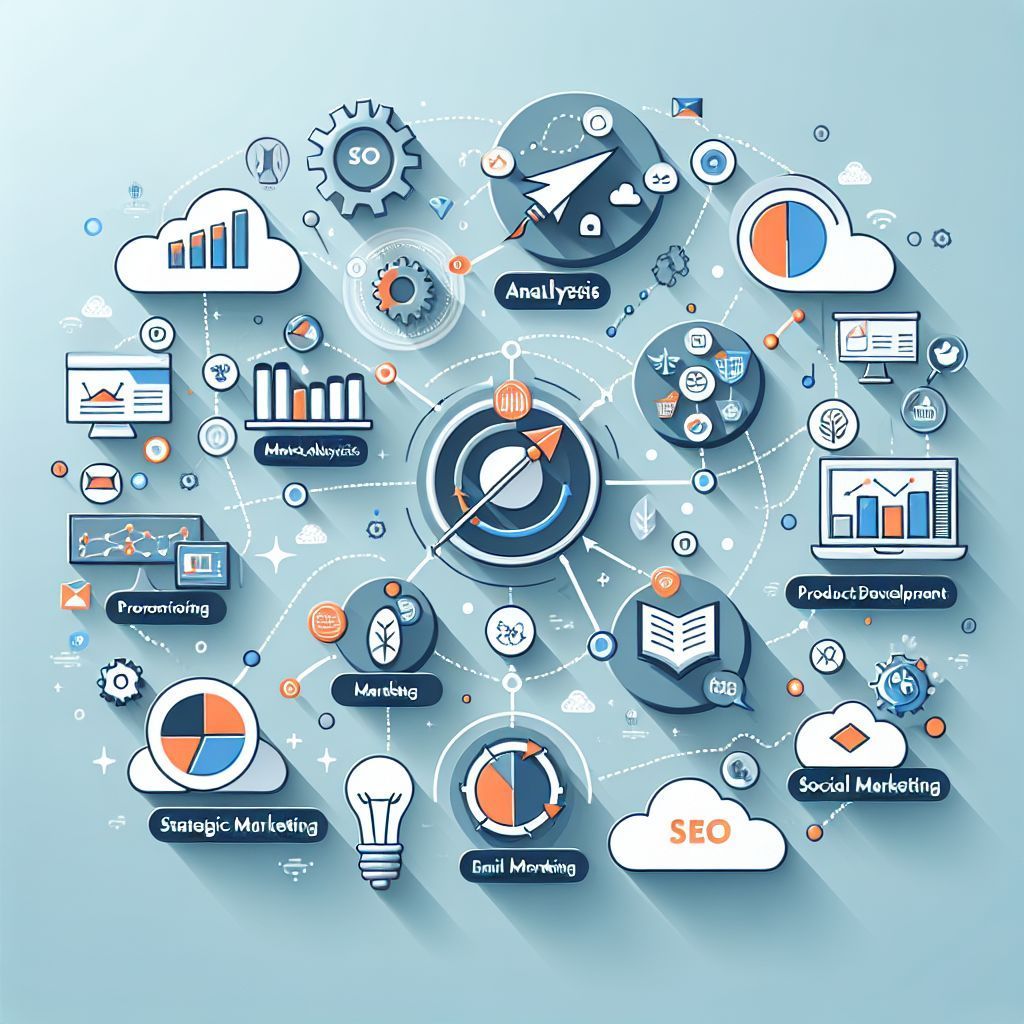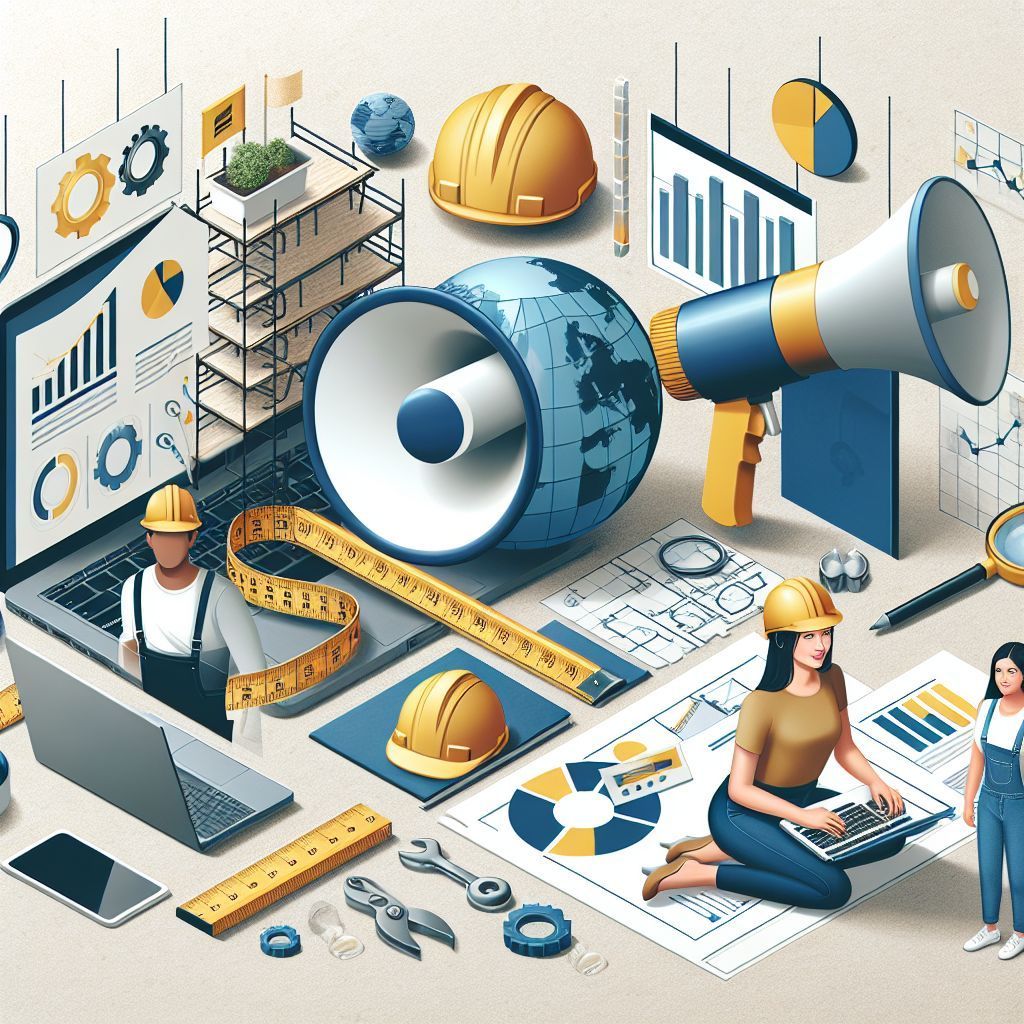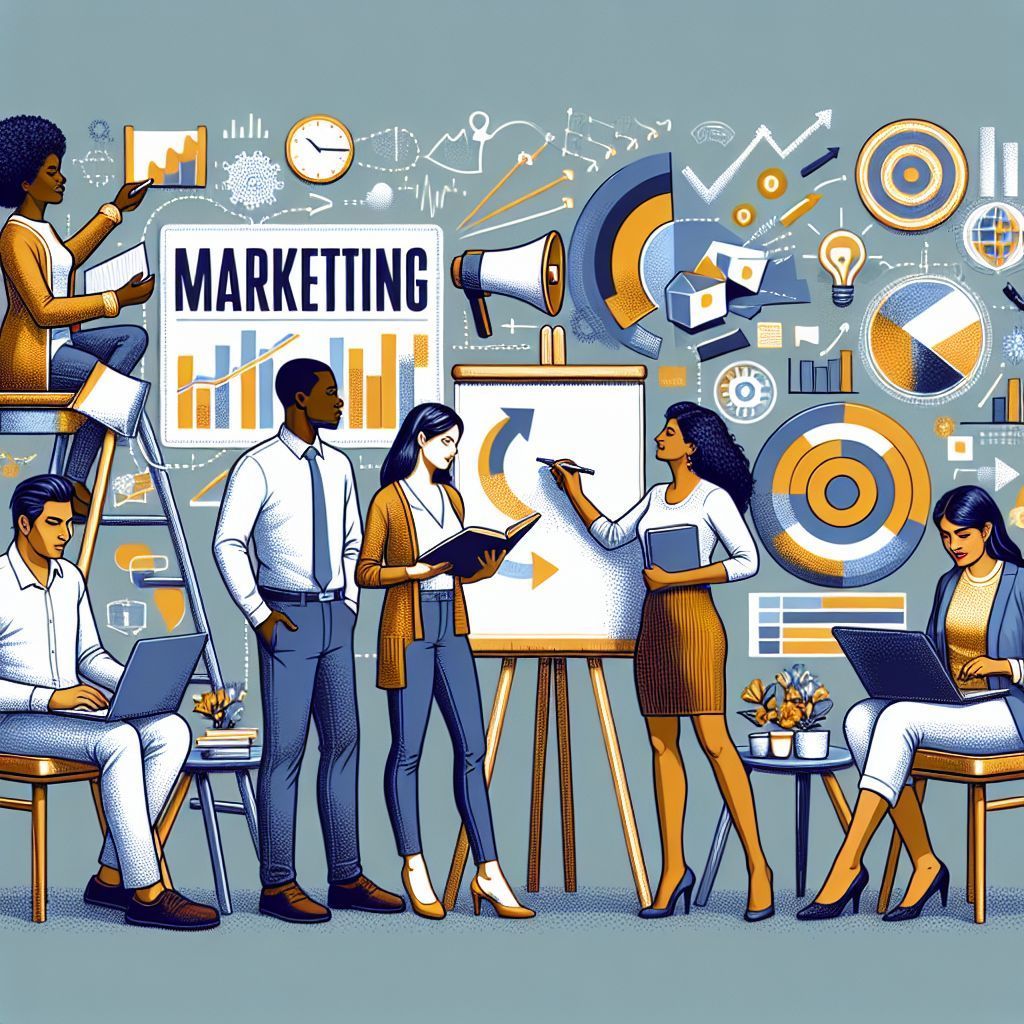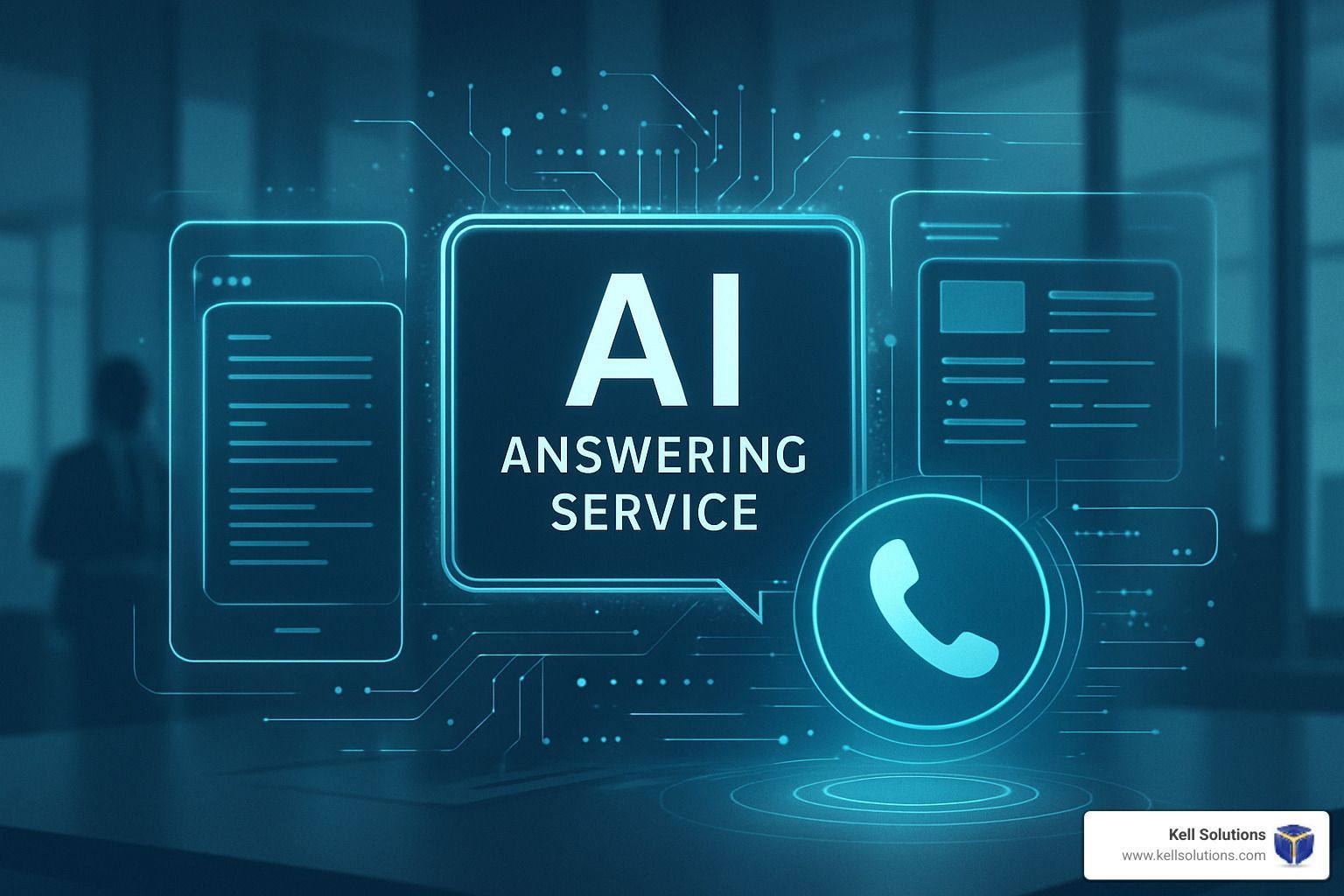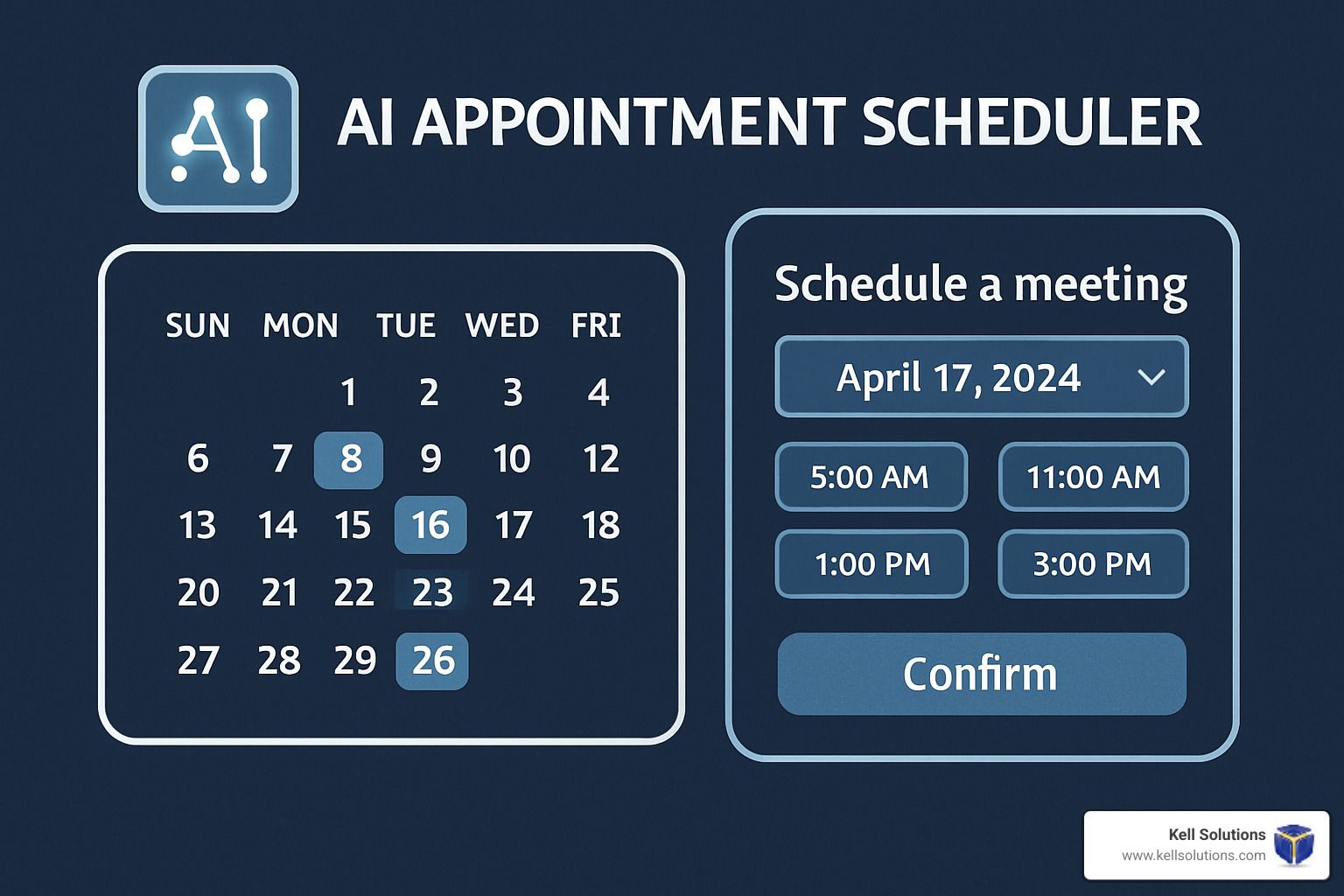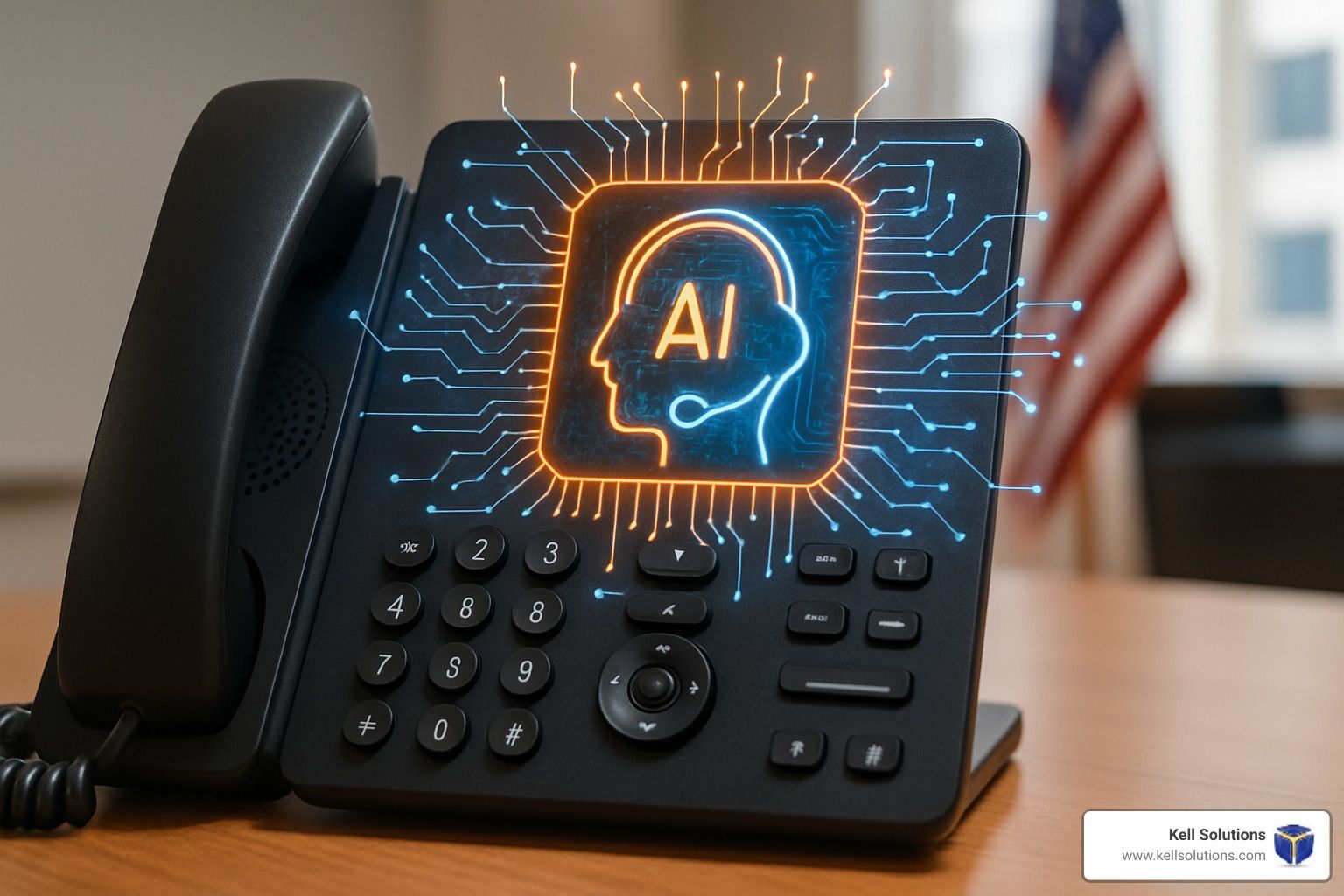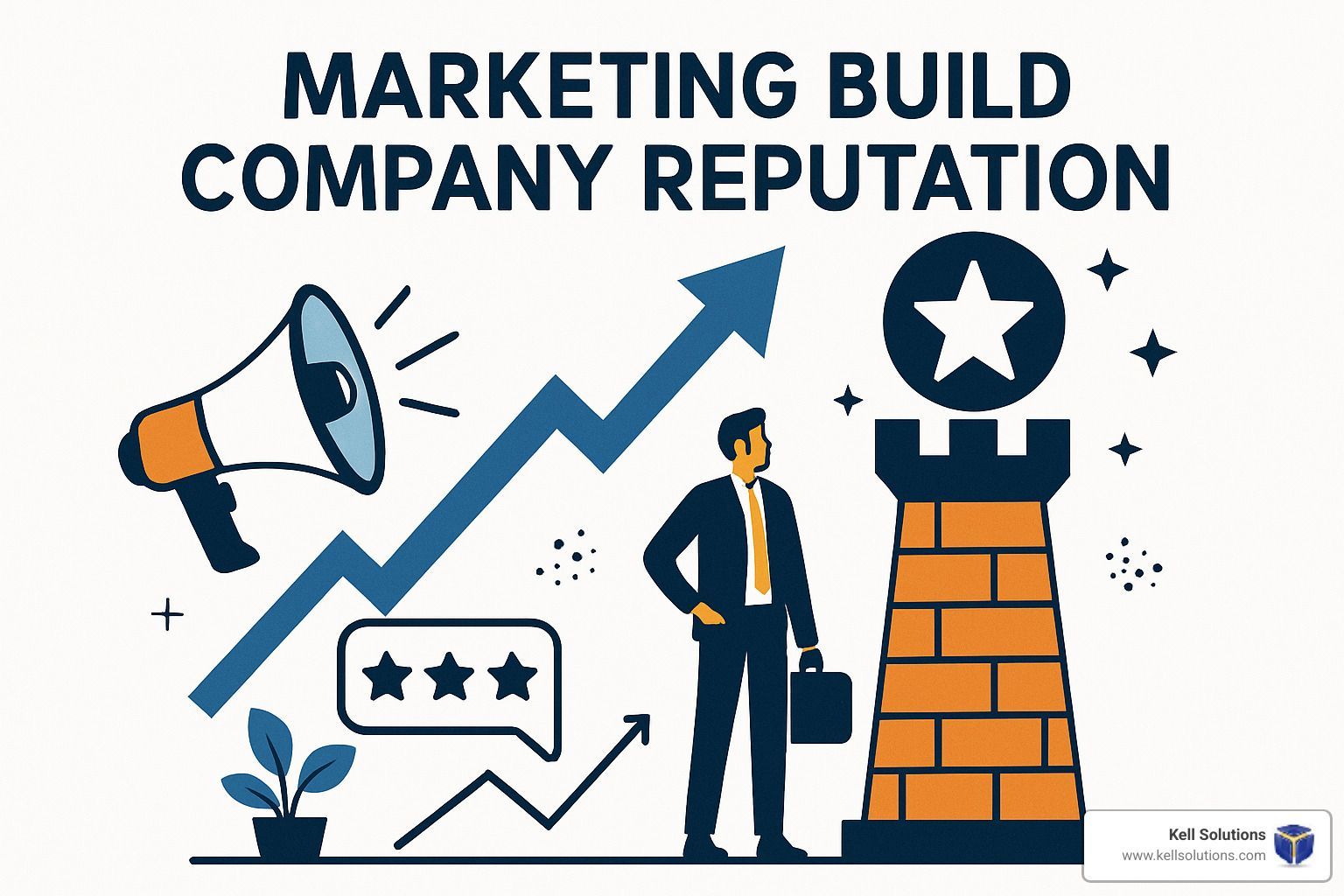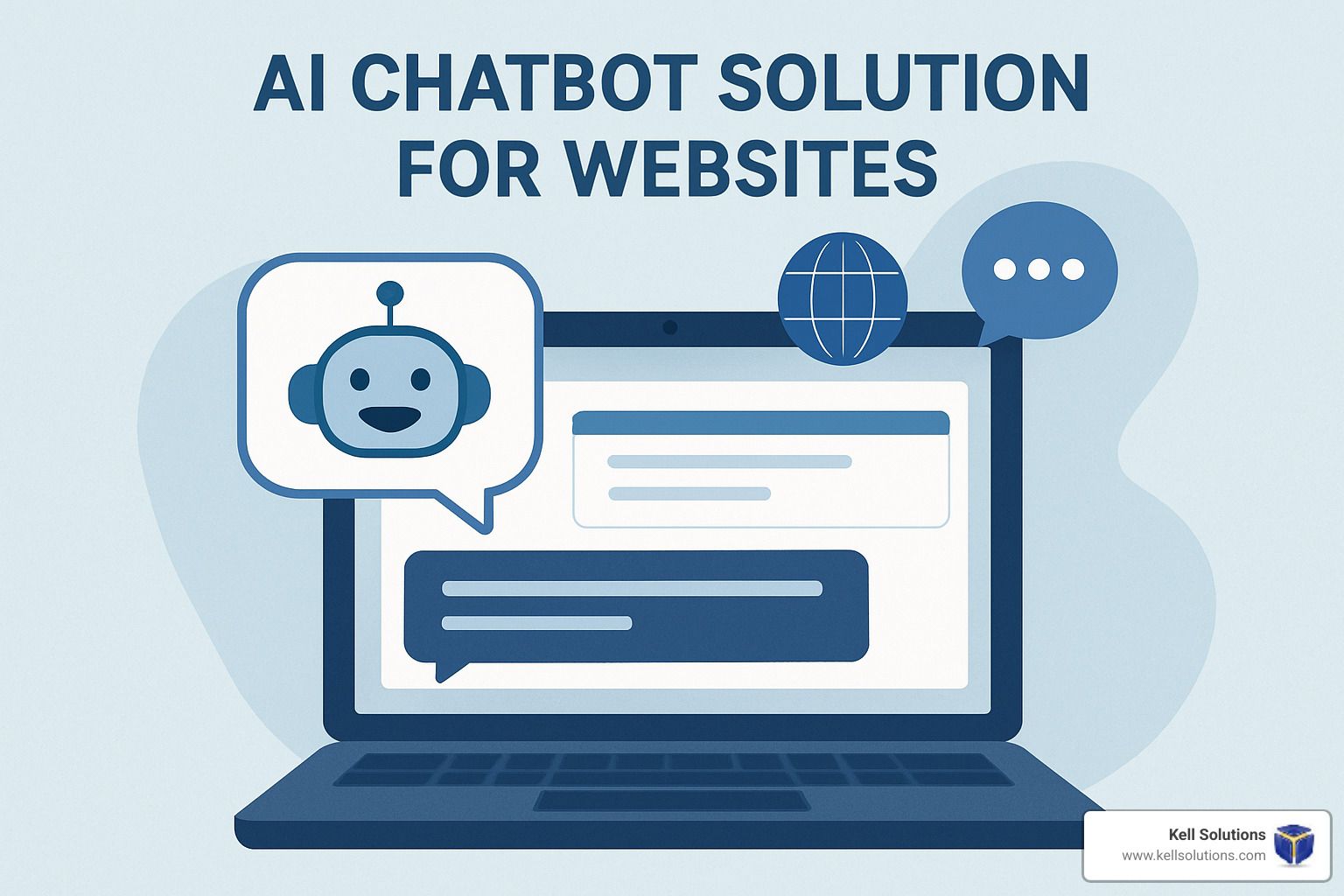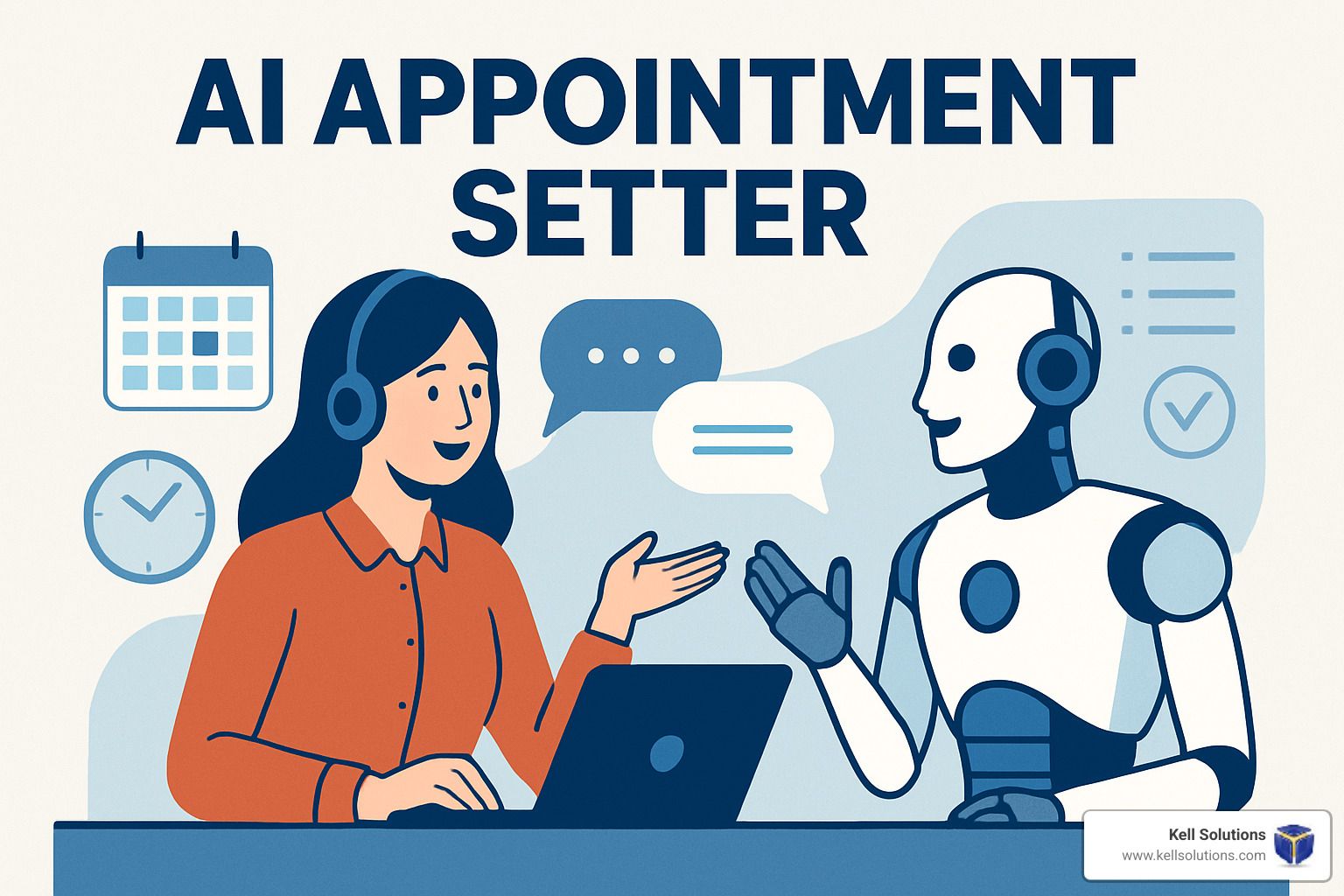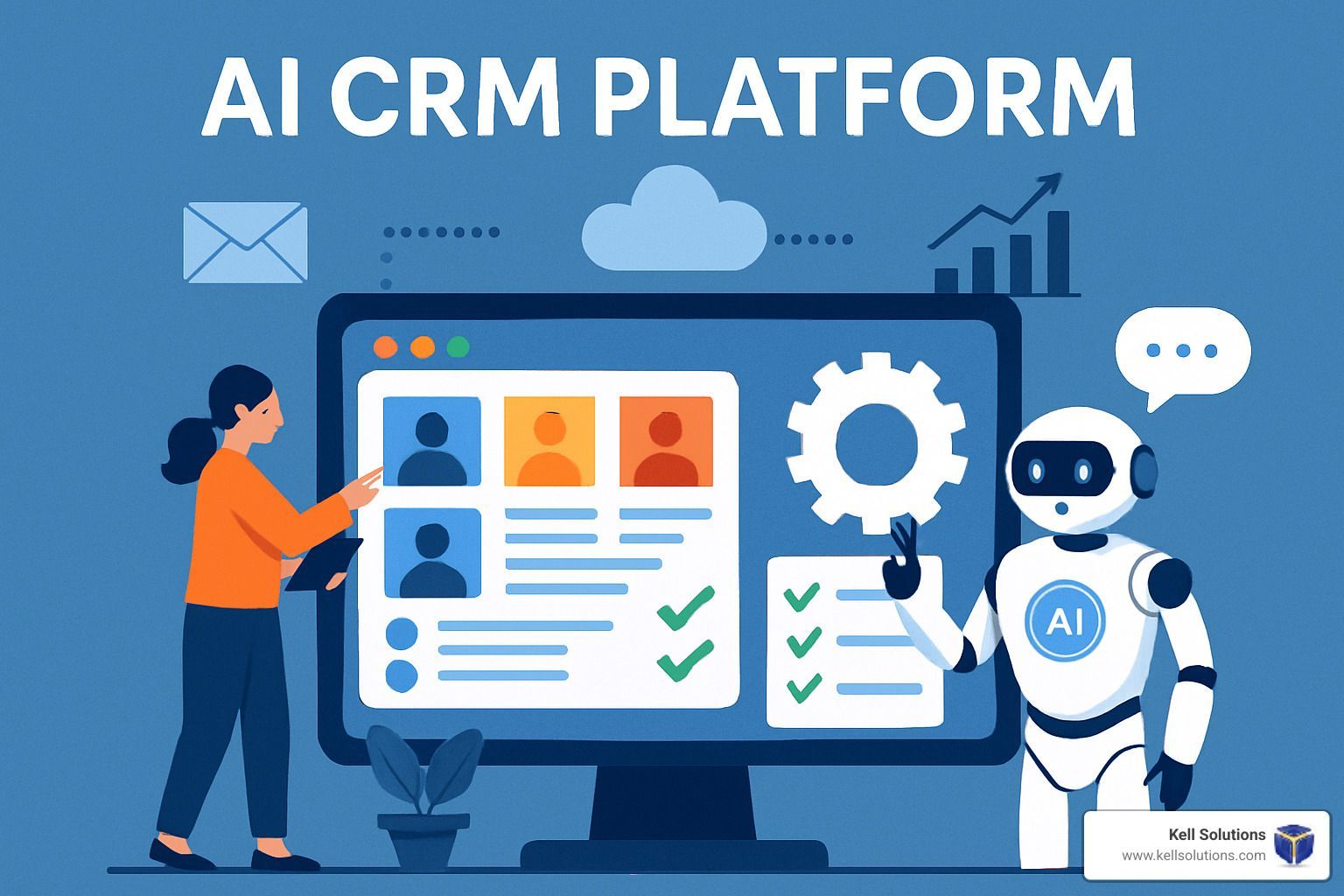Artificial Intelligence Meets Customer Engagement: A Match Made in Tech Heaven
Why AI in Customer Engagement is Reshaping Modern Business
The digital customer now expects instant, personalised help on whatever channel is most convenient. Traditional 9-to-5 support desks, built around human availability, simply cannot scale to that expectation, and every minute of delay feels like friction.
Artificial intelligence closes that gap. By combining machine learning, natural-language processing and real-time analytics, modern systems learn from every conversation, understand tone as well as intent, and improve automatically. In practice that means:
• 24/7 answers in seconds, not minutes
• Messages that sound like they were written just for you
• Help that arrives before you knew you needed it
Key components that deliver these wins
• Conversational AI (chat & voice)
• Predictive analytics & next-best-action engines
• Hyper-personalisation at every touchpoint
• Omnichannel orchestration with one memory of the customer
• Sentiment analysis & intelligent routing
And the results are measurable. 65 % of CX leaders call AI a strategic necessity, while 51 % of consumers prefer a bot for routine questions. Revenue lifts of 4-8 % above industry averages are common once AI is fully embedded in the customer journey.
Early adopters prove the point. Bell Canada’s virtual assistants field 1.1 million interactions a year and save roughly $20 million. Unity used AI to deflect 8 000 tickets and still achieved a 93 % CSAT. Wendy’s drive-thru agent processes 50 000 orders each day with 95 % accuracy – a figure no all-human crew could match.
Bottom line? AI isn’t replacing the human touch; it is amplifying it. The companies that move first convert support from a cost centre into a loyalty engine – and they do it at a price point that finally works for small and midsize businesses.
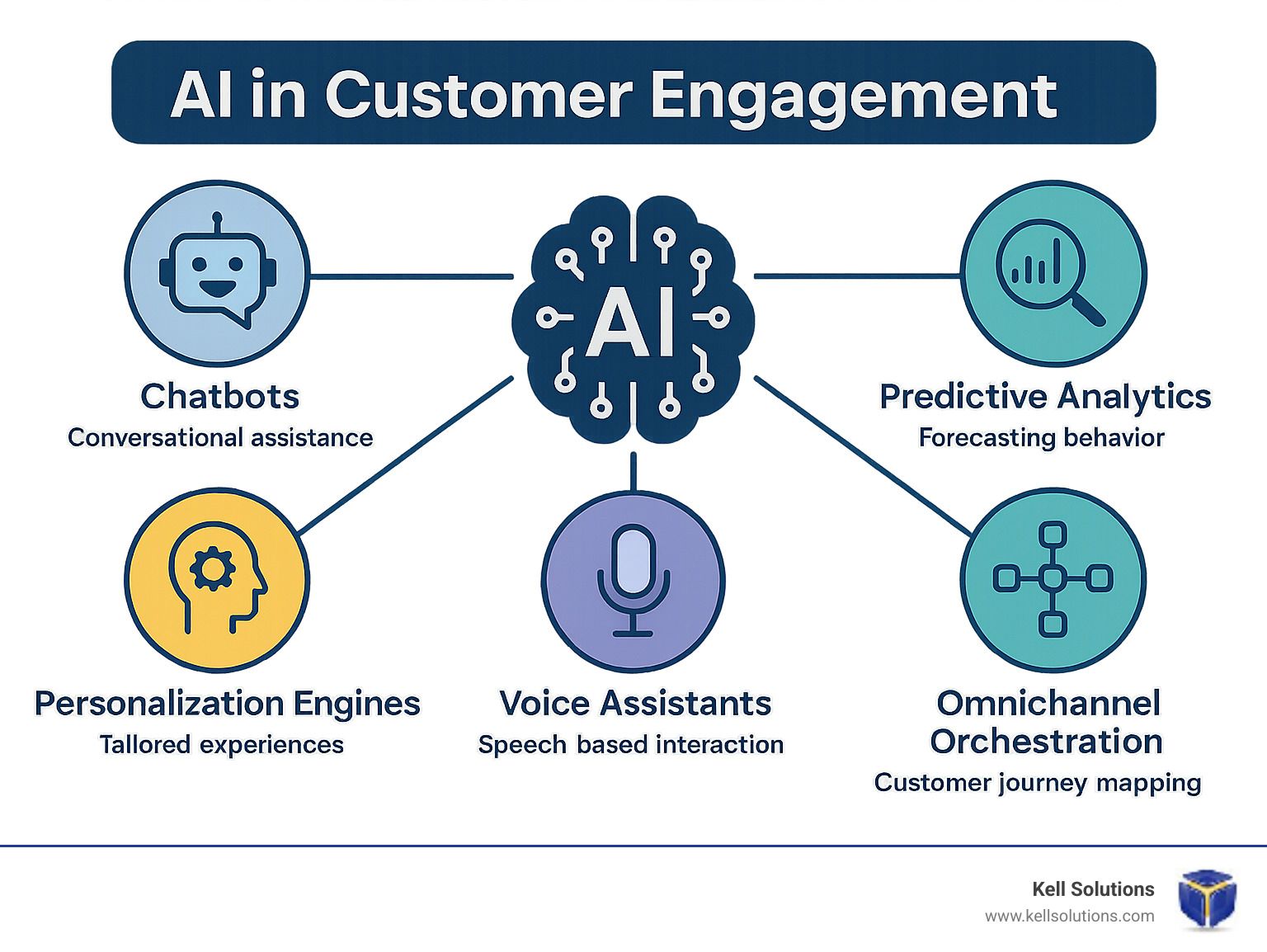
What Is AI in Customer Engagement?
At its simplest, AI-powered engagement replaces the old “open a ticket and wait” model with systems that watch, learn and act on a customer’s behalf. Machine-learning models analyse purchase histories, browsing habits and support logs. Natural-language processing allows bots to speak and listen like people. Predictive analytics spots patterns humans miss and prompts the next logical step.
Instead of repeating an order number three times, a caller can now say “I’m having trouble with my delivery from last week” and the system already knows who they are, what they bought and which answer is most likely to help.
Reactive, ticket-based
Proactive, journey-based
One-size-fits-all
Hyper-personalised
Open 9-5
Always-on
IVR & hold music
Natural conversation
Siloed channels
Omnichannel memory
Traditional vs. AI Approaches
Classic call-centres relied on scripts, business hours and the hope that the right agent was free. AI removes those bottlenecks. It detects emotion, routes requests to the most qualified resource and escalates to a human only when empathy or complex judgement are required. Consistency improves, handle times drop and, most importantly, customers feel understood.
The Benefits: Hyper-Personalisation, Predictive Power & Efficiency
AI gives every company the superpowers once reserved for corner-store owners who knew every customer by name – but at internet scale.
Hyper-Personalisation at Scale
Algorithms analyse clicks, calls and purchases in real time to tailor recommendations, offers and even tone of voice. Starbucks, for example, tweaks drink suggestions in its app based on weather, time of day and your past orders – a small touch that drives huge repeat business.
Predictive & Proactive Experiences
Predictive engines flag churn risk, detect fraud or ping a customer before an outage becomes visible. Amazon’s recommendation feed is the retail version; telecom providers that text customers about network issues before they call are the service variant. McKinsey research estimates a 15-20 % uplift in customer-lifetime value when such proactive moves are added.
Efficiency & Cost Reduction
Best Buy shaved 90 seconds off every call with auto-summaries. Unity deflected 8 000 tickets, saved $1.3 million and still pushed CSAT to 93 %. Self-service bots, workforce-planning AI and real-time agent assist mean organisations serve more customers with the same (or smaller) team – all while those employees focus on creative, relationship-building work that machines can’t do.

Core Technologies Powering AI-Driven Engagement
The modern CX stack is a toolkit, not a monolith. You can start with one piece and layer on the rest as value becomes clear.
- Chatbots & virtual agents – the digital front desk that greets, qualifies and solves common issues
- Voice AI – understands accents, filters background noise and books appointments while your team sleeps
- Sentiment analysis – reads tone and flags frustration before it explodes on social media
- Recommendation engines – surface the next-best product, article or action in milliseconds
- RPA & integrations – move data between legacy systems so customers never have to repeat themselves
- Computer vision – enable “show, don’t tell” service, like snapping a photo of a broken part for instant troubleshooting
Conversational AI & Voice Agents
Large Language Models (LLMs) such as Gemini or GPT make the dialogue feel natural; no-code builders let non-technical teams deploy them quickly; high-definition synthetic voices keep the experience on-brand. Our own VoiceGenie AI wraps these ingredients into an affordable 24/7 receptionist that never misses a lead.
Predictive Analytics & Recommendation Engines
Machine-learning models continuously analyse behaviour to suggest the next-best action for both customers and agents. See a frequent hot-latte buyer walk into a heatwave? Offer an iced version.
Omnichannel & Multimodal Orchestration
Today’s customer starts on a phone, switches to chat and finishes on email. AI stitches that journey together, translating languages on the fly and carrying full context across channels. Google’s Gemini 1.5 Flash shows what’s possible, handling text, voice, image and video in one flow.
Implementation Roadmap & Best Practices
Buying an AI licence is easy; turning it into business value takes a plan. Use this blueprint to stay on track.
- Clarify the goal – shorter handle times, higher CSAT, more booked appointments? Pick one to start.
- Audit & clean data – messy CRM records will sink even the smartest model.
- Pilot a single, high-value use case – FAQs, missed-call capture, or appointment scheduling work well.
- Integrate & train – connect the bot to calendars, CRMs and knowledge bases so answers are accurate.
- Measure & iterate – watch metrics weekly and refine intent libraries or routing rules.
- Scale to new channels – once proven, add SMS, social and voice.
- Govern & upskill – establish escalation rules, bias checks and ongoing staff training.
Five-Level Maturity Model
- Manual support
- Basic automation (simple IVR or FAQ bot)
- Digital self-service (AI solves ~50 % of queries)
- Proactive service (predictive alerts, agent assist)
- Personalised, predictive engagement across every channel
Most firms today sit between levels 2 and 3; climbing the ladder is usually an 18-24 month journey.
Measuring ROI
Savings show up first as lower cost-to-serve; revenue lifts follow via better retention and upselling. Use metrics like deflection rate, average handle time, NPS and revenue per customer. The free Engage, Convert, Repeat guide walks through each calculation step-by-step.
Balancing Automation & Human Touch: Ethics, Governance & Workforce
AI should feel like a helpful co-worker, not a faceless gatekeeper. That requires clear guardrails:
- Privacy first – encrypt data, honour opt-outs and explain how information is used
- Transparency – let users know when they’re chatting with a bot and why they received a recommendation
- Bias checks – audit models regularly to ensure fairness
- Human-in-the-loop – make escalation easy for both customers and agents
- Upskill staff – free agents from rote work so they can focus on empathy, creativity and complex problem-solving
Employees who understand the “why” behind AI adoption are 2× more likely to champion the change, according to a TrustID survey. At Kell Solutions we see this daily: when VoiceGenie handles repetitive calls, teams redirect that time into revenue-generating relationship work.
Responsible-AI Checklist
• Privacy controls
• Content filters
• Audit trails
• Consent management
• Regular testing
• Human escalation.
Deloitte’s HX resource hub offers a deeper dive.
Future Trends Shaping Customer Engagement
What feels advanced today will seem ordinary tomorrow. Keep an eye on these shifts:
- Generative AI chatbots that write perfectly-toned emails or product copy on the fly
- Autonomous agents that close support tickets end-to-end without human hand-offs
- Immersive AR/VR shopping – place a sofa in your living room with a tap
- Emotion-aware avatars that adjust pacing, tone and language in real time
- Industry-specific blueprints – AI trained for healthcare, legal, home services, etc.
- Zero-UI experiences where devices act without a visible interface, based purely on voice, gesture or context
The destination? Self-healing customer journeys where problems are fixed automatically and customers never have to ask, “Did my request go through?”
Frequently Asked Questions about AI-Improved Customer Engagement
How long until we see ROI?
Most projects that start with a specific, high-value use case (e.g., FAQ bot or missed-call capture) pay for themselves within 6–12 months. More complex omnichannel roll-outs may take up to 18 months, but benefits typically accrue in phases, not all at once.
Will AI replace human agents?
No. AI handles repetitive tasks and provides real-time suggestions; humans remain essential for empathy, judgment and complex problem-solving. The winning model is hybrid.
How much data do we need?
Clean beats big. A few months of well-structured interaction data is plenty to launch basic personalisation. The system learns and improves from there.
Conclusion
AI transforms customer service from a cost centre into a revenue engine. Companies that embed conversational bots, predictive analytics and voice agents typically see 4–8 % faster revenue growth plus double-digit drops in cost-to-serve. Crucially, customers enjoy smoother, more personal experiences.
Ready to experience the difference? See how VoiceGenie AI can answer every call, capture every lead and book appointments while you sleep.
📚 About the AuthorGregg Kell is a seasoned digital marketing strategist and founder of Kell Web Solutions, Inc., helping professional service firms grow through innovative AI-powered solutions like VoiceGenie AI. With over 20 years of experience in web development, lead generation, and business automation, Gregg is passionate about helping small businesses maximize growth and profitability through cutting-edge technologies.
When he's not helping businesses boost their bottom line, Gregg enjoys life by the beach in Laguna Beach, California, with his wife Debbie, celebrating over 40 years of marriage and entrepreneurial trips.
👉 Explore More from Gregg:


Orange County HVAC Google AI Overview Domination: 7 Proven Strategies to Capture Featured AI Results





